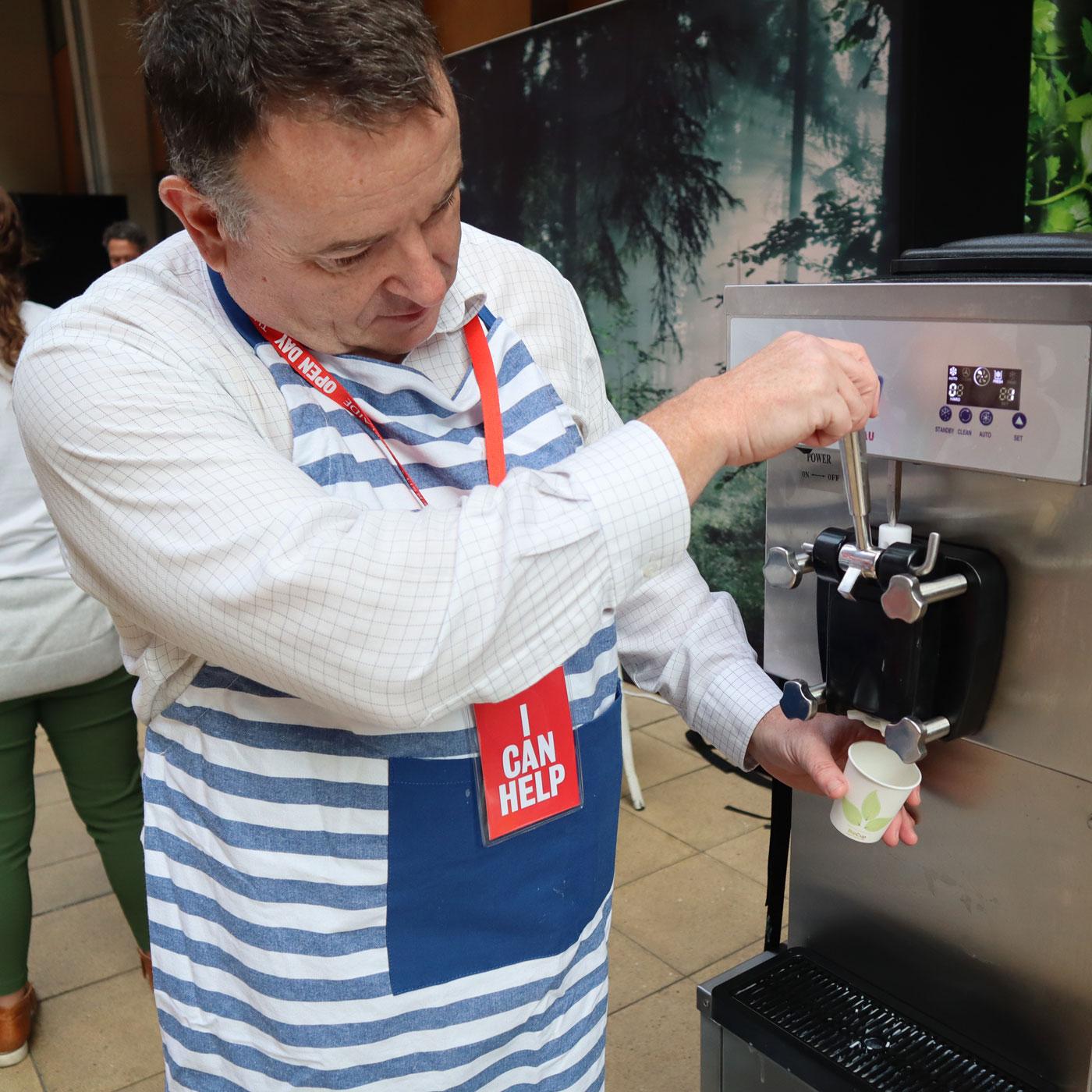Testing for irradiated foods

Honours research projects that combine physics and food science are available to improve methodologies to detect irradiated food by optically-stimulated luminescence.
Irradiation of foods is allowed in particular circumstances. Food Irradiation Testing (FIT) has three principal applications:
- monitoring of products to ensure compliance with irradiation orders;
- detection of irradiation used to mask spoilage on foodstuffs, and
- certification of non-irradiation for export market access.
A recent project between researchers in the schools of Agriculture, Food and Wine and Physical Sciences has demonstrated the capability for the Prescott Environmental Luminescence Laboratory (PELL) to conduct FIT.
Optically-Stimulated Luminescence (OSL) was used on a wide range of food samples that were split into four portions and given a range of gamma ray doses up to 20,000 Gy. Results showing a dose-dependent relationship to irradiation were detected in many, but not all, food items.
Questions remain about the optimal sample storage and preparation protocols so that more foods can be analysed.

Supervisors
Co-supervisors: Professor Nigel Spooner | Professor Maria Saarela
Research area: Food and nutrition science
School of Agriculture, Food and Wine
Recommended honours enrolment: Honours in Food and Nutrition Science
